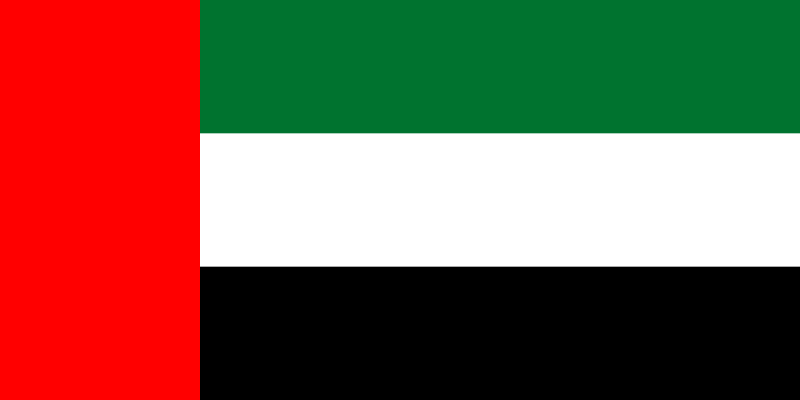2023-03-06
NFPA 701
The NFPA 701 is a test standard with two methods (methods 1 and 2) that evaluate the flame propagation properties of textiles and films. However, the two methods shall not be used to assess whether the fabric/material tested is fit for use for personal protective equipment.
With the 2023 edition of the standard, testing of artificial decorative vegetation was added to the scope.
The choice of what method applies to a specific specimen depends on the material’s density and construction.
Method 1 applies to materials with an areal density below or equal to 700 g/m2. These materials shall include:
I. Fabrics of areal densities less than or equal to 700 g/m2 and used for other construction applications
II. Fabrics used in curtains and draperies
III. Single-layered fabrics
IV. Multi-layered curtains and draperies whose layers are held together by means such as sewing
Method 1 does not apply to:
• Plastic films
• Decorative materials other than fabrics
• Materials covered by method 2
• Vinyl-coated fabric blackout linings
Performance criteria
Samples are said to have passed the Method 1 test when:
1. The falling droplets from each of the 10 specimens do not continue flaming for more than an average of 2 seconds
2. The average weight loss for the 10 specimens shall be less than or equal to 40%
3. The percentage mass loss of the 10 specimens shall deviate by no more than 3 standard deviations from the mean
Method 2 applies to materials of areal densities above 700 g/m2 and the following:
I. Fabrics of areal densities higher than 700 g/m2
II. Decorative materials except for fabrics meeting the requirements of method 1
III. Vinyl-coated fabric blackout linings and draperies that are lined with vinyl-coated fabric blackout lining
IV. Plastic films
V. Fabrics used in awnings and tarp assemblies
VI. Fabrics used in the assembly of tents (temporary or permanent) and tent accessories, including drops, sidewalls, floor coverings and tarpaulins
VII. Combustible artificial decorative vegetation of areal densities higher than 700 g/m2
Method 2 does not apply to materials intended for interior finishes- wall, ceiling, and floor coverings.
Performance criteria
Samples are said to have passed the Method 2 test when:
1. None of the specimens continue flaming for more than 2 seconds after the test flame has been withdrawn from the specimen’s surface
2. The char length of all folded specimens does not exceed 1050 mm
3. The char length of all flat specimens does not exceed 435 mm
4. Any portions of the specimens that have fallen to the floor of the test apparatus continue flaming for less than 2 seconds
Textiles are typically chemically treated to improve their fire performance. Such treatments could be sturdy and endure rounds of laundering and water leaching. However, some treatments might be non-durable. In cases where the manufacturer expects that the material tested according to either of the two methods will retain its flame resistance after cleaning or weathering, the material shall also be tested after it’s been exposed to either:
1. Accelerated dry cleaning
2. Accelerated laundering
3. Accelerated water leaching
To sum up, the two test methods distinguish materials/fabrics with low flame spread from those that burn rapidly.




